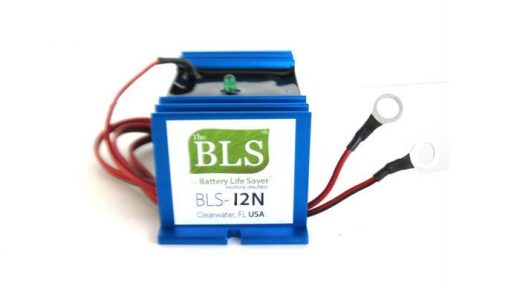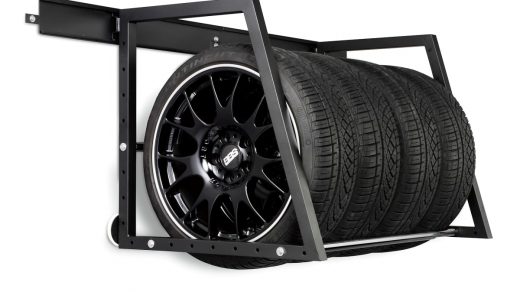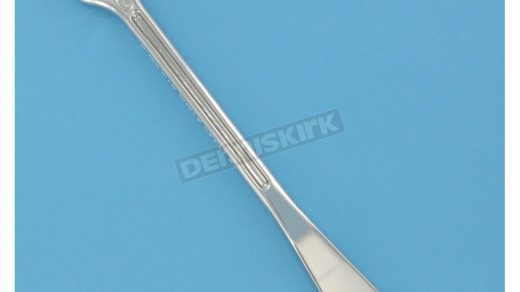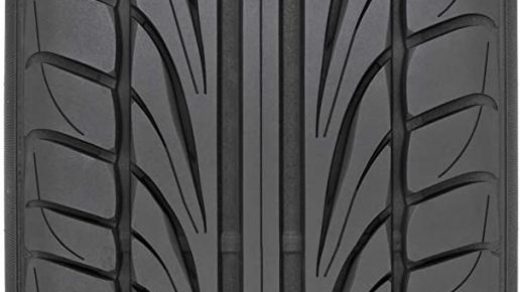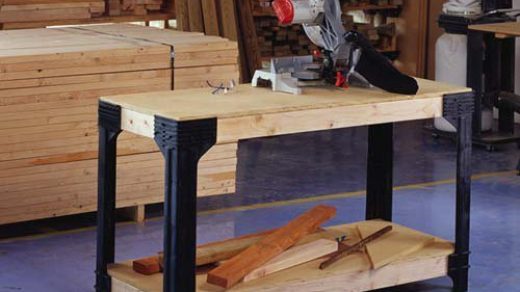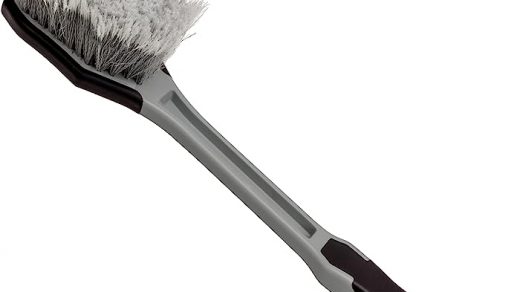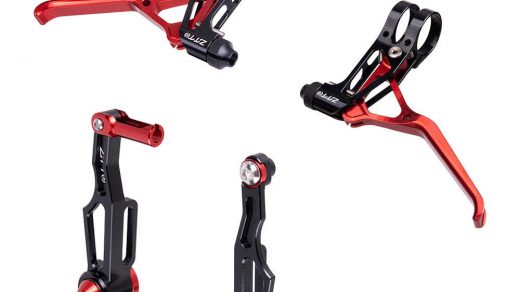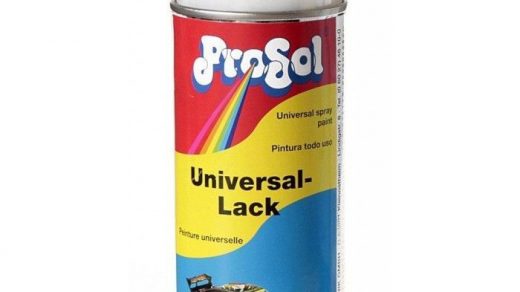Comprehensive Guide to Buffing Foam – Compounding Pads for Perfection
Delve into the world of compounding pads and buffing foam, uncovering the best methods for achieving the finest results. This guide provides insights, applications, and potential challenges associated with these invaluable tools for vehicle care and maintenance.
A compounding pad, often utilised in conjunction with buffing foam, forms a crucial part of vehicle upkeep, ensuring a high-quality shine and impeccable finish. It’s worth noting that there’s a broad array of compounding pads available, each designed with a specific task in mind.
For heavy cutting tasks, stiff and dense pads are the go-to choice. They’re capable of handling severe paint defects, oxidation, and deep scratches, restoring the surface to its former glory.
On the other end of the spectrum, softer, less dense pads are used for polishing tasks. They deliver that final touch, providing a gleaming surface devoid of swirls and holograms. Buffing foam is often applied in these stages, providing the necessary lubrication and abrasion for the perfect finish.
However, it’s not merely about the pad’s stiffness or the foam’s consistency. The tools’ application can be an art in itself. It requires patience, understanding, and a keen eye for detail. The pad should be moved steadily across the surface, ensuring even pressure and distribution of the foam. It’s a process that requires finesse and skill, but when done right, the results are truly remarkable.
Understanding these nuances can drastically enhance the performance of your vehicle maintenance routine, taking it from standard upkeep to a truly professional-level service.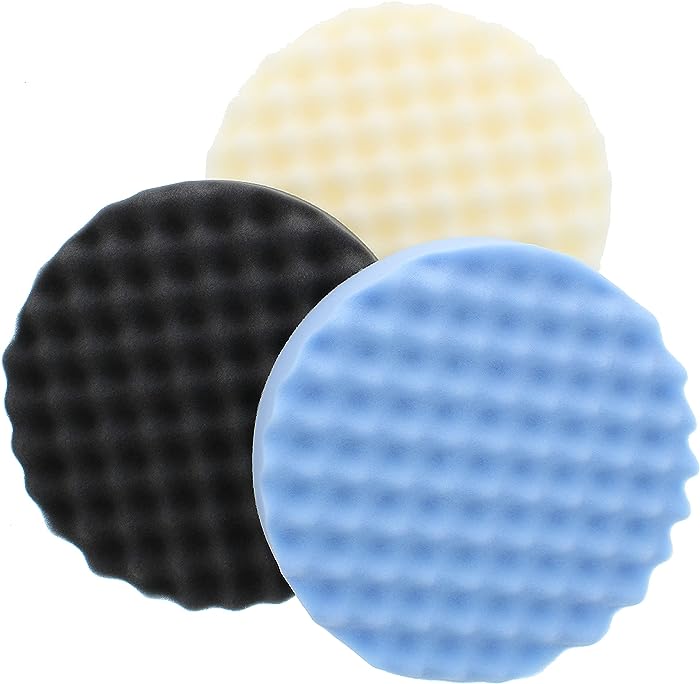
A: The primary advantage is the ability to achieve a professional-grade finish, removing imperfections and enhancing the vehicle’s overall appearance. It also extends the life of the paintwork, offering protection against environmental damage.
Q: How do I choose the right compounding pad?
A: Selection should be based on the task at hand. Denser, stiffer pads are ideal for heavy cutting tasks, while softer pads are suited for polishing.
Q: Is there a specific technique to apply the buffing foam with a compounding pad?
A: The pad should be moved evenly across the surface with consistent pressure. This ensures a uniform distribution of the foam and avoids creating new imperfections.
